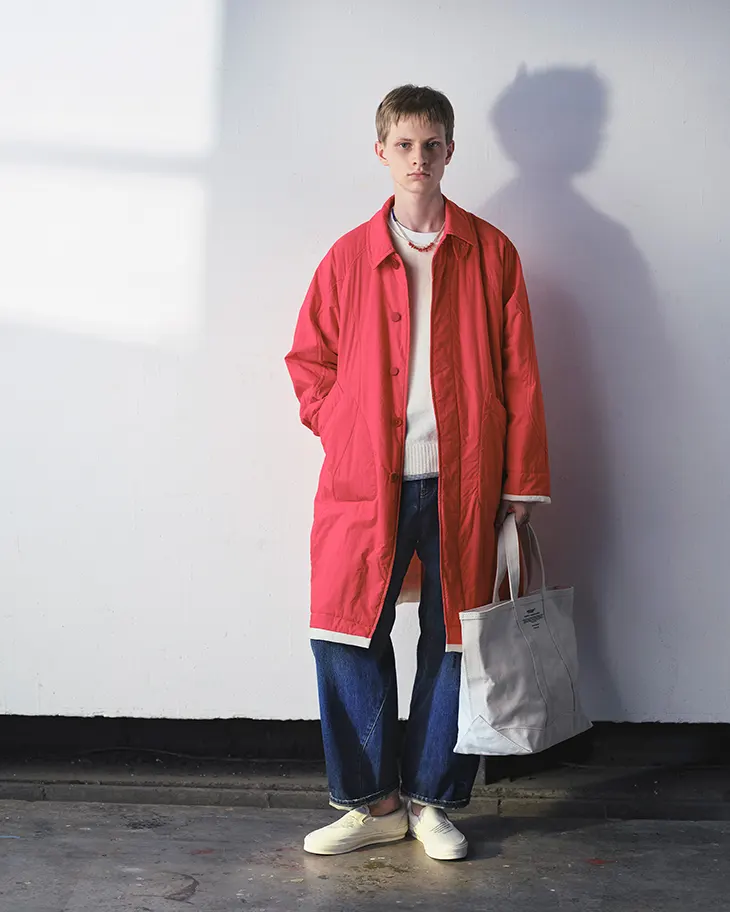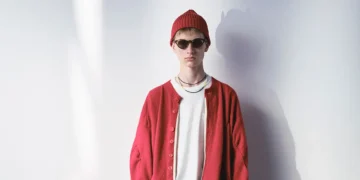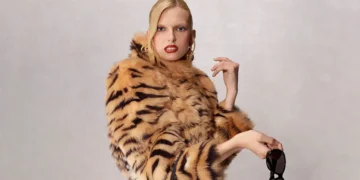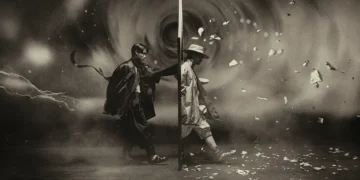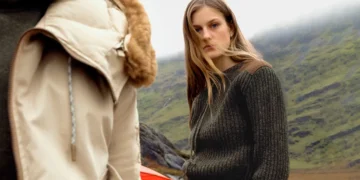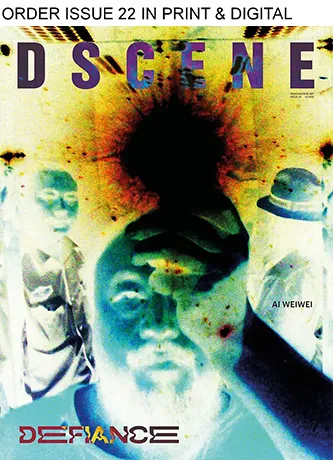
Jun Takahashi continued the thread of “but beautiful” with UNDERCOVER Spring Summer 2026 menswear collection, titled “but beautiful 4.5…”, building on the concept introduced in the Fall Winter 2025.26 women’s show. This time, the designer reduced the visual dissonance. Where the earlier womenswear leaned into distortion and asymmetry, Spring Summer 2026 pares those elements back in favor of clarity. Takahashi shifted the tone while holding on to the core idea. He kept the emotional undercurrent but moved toward refinement.
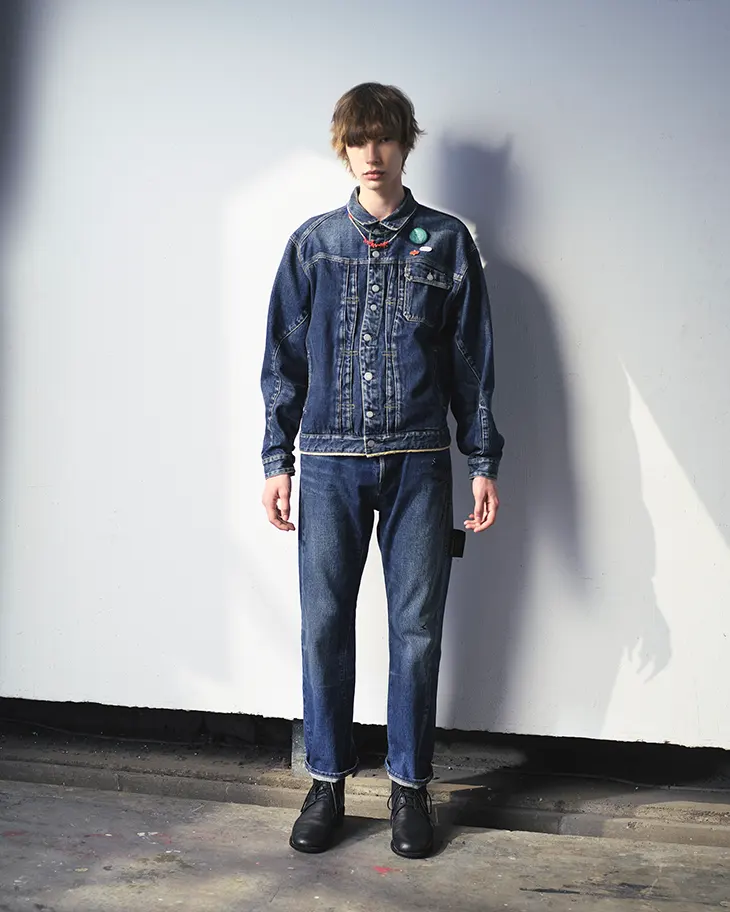
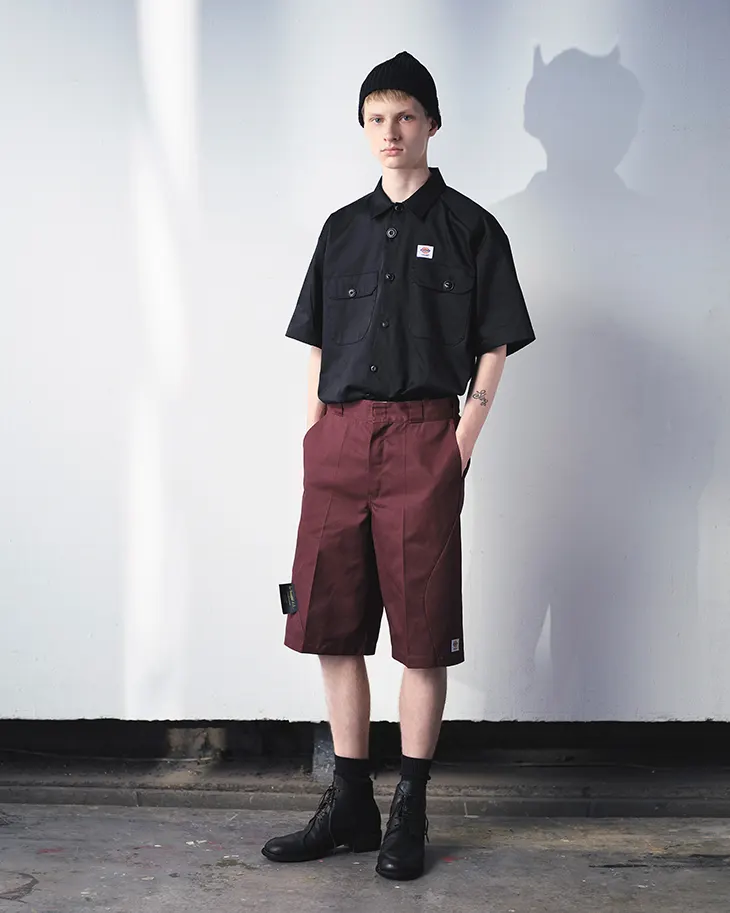
The collection still carries an experimental edge, but the focus turned to shape, material, and styling with fewer interruptions. Instead of building around tension, Takahashi looked to stability, cutting garments with intent and purpose. Tailoring framed the looks. Jackets hung with clean volume. Trousers remained relaxed but precise. Denim received extra attention this season, with wide-leg cuts, visible stitching, and printed text on the outer seams. The pieces introduced shape without exaggeration.
Knitwear and shirting grounded the collection. Collars sat neatly. Cuts stayed open and wearable. Accessories remained understated. The styling introduced contrast through subtle misalignment, cropped hems, slouched layering, and unexpected color. These tweaks kept the eye moving without overloading the silhouette.
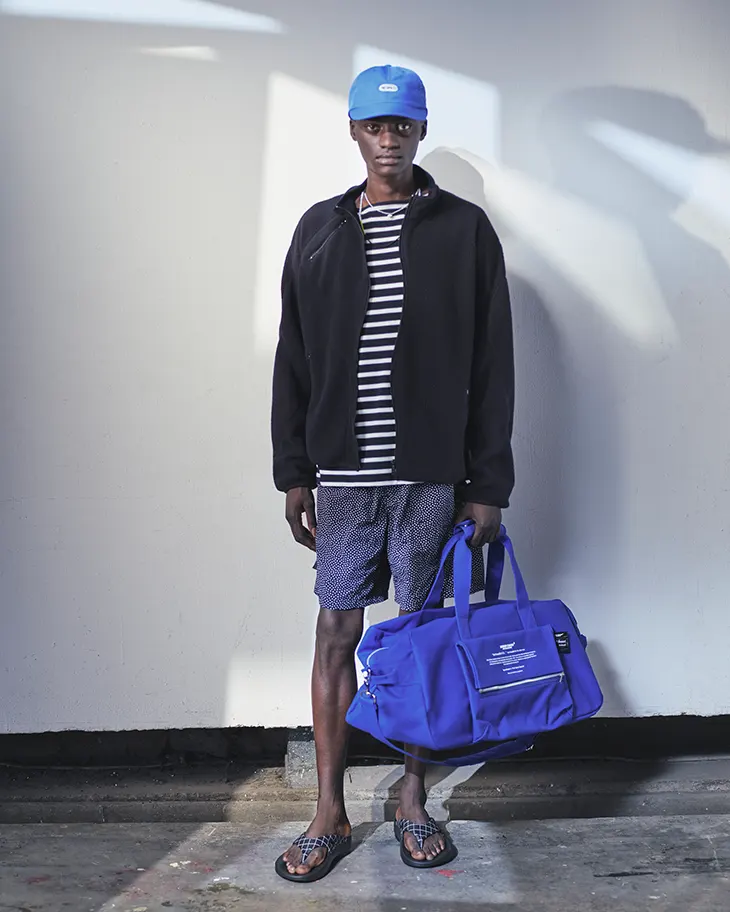
Takahashi also leaned on repetition to structure the collection. Certain elements reappear: ribbed hats, text motifs, canvas bags, wide jeans. He didn’t rely on graphic impact or aggressive reworking of menswear codes. He used rhythm to build coherence. The repeated shapes and textures produced consistency rather than uniformity.
The palette stays soft. Tonal black, ecru, red, and faded khaki move through the collection with purpose. Occasionally, color interrupts, a red tote against muted workwear, or a beaded necklace peeking from a white shirt.
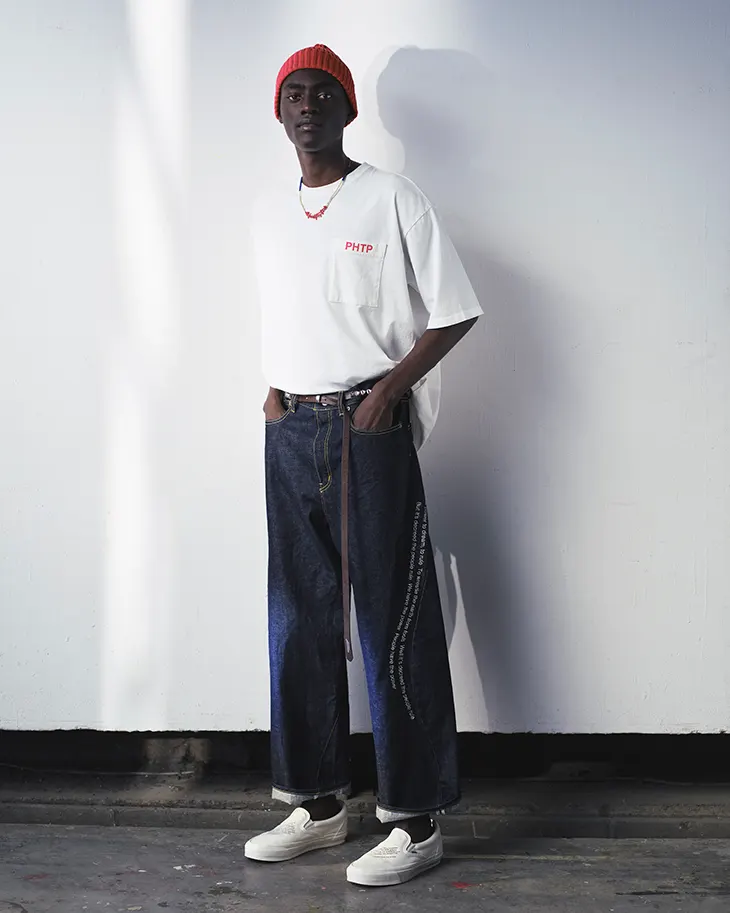
Print also plays a role, but it doesn’t dominate. The camouflage floral suits add visual interest without overwhelming the overall direction. They contribute to the logic of the collection instead of defining it. The print shifts the surface while the construction stays clear.
Silhouettes remain open and accessible. Shoulders drop, trousers widen, coats extend just enough to feel loose without collapsing. There’s room for movement, both physical and visual. That ease supports the collection’s core idea: to reduce friction between thought and wearability.
